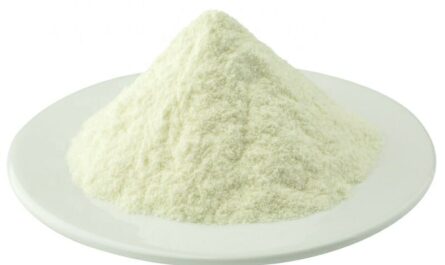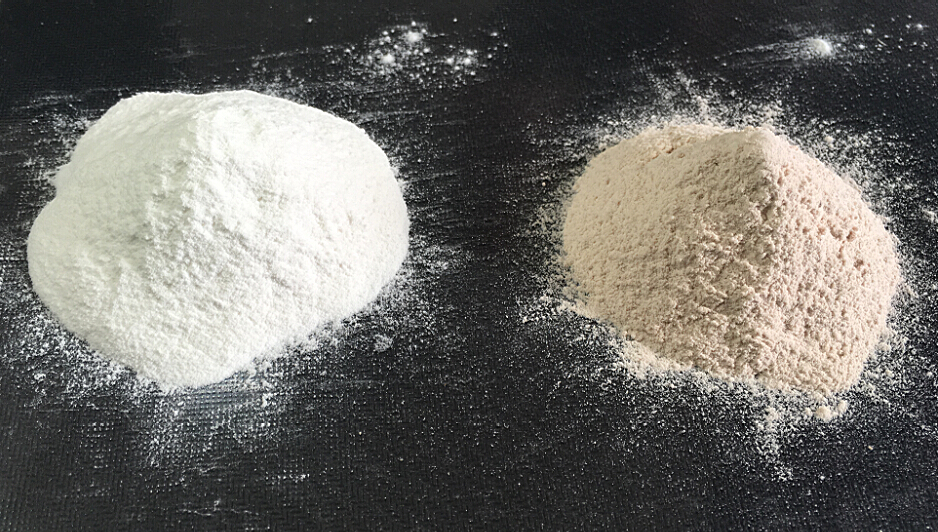Anionic surfactants are organic compounds that contain both hydrophobic groups and ionizable acidic functional groups. The hydrophobic group, usually a long hydrocarbon chain, gives these surfactants their amphiphilic character while the acidic group ionizes in water, allowing the surfactant to disperse in aqueous solutions. This article discusses the chemical nature and properties of commonly used anionic surfactants.
Classification based on Ionizable Group
They can be classified based on the ionizable group present in their molecular structure. Some common classes include:
– Carboxylates: Surfactants containing carboxylate (-COO-) groups such as alkyl carboxylates (soaps) and are the oldest known type of anionic surfactants. Sodium stearate is an example.
– Sulfonates: Containing sulfonate (-SO3-) groups such as alkylbenzene sulfonates (ABS) and alkyl sulfonates. Sodium dodecylbenzene sulfonate (SDBS) is widely used.
– Sulfates: Containing sulfate (─OSO3─) groups such as alkyl sulfates and ethoxylated alkyl sulfates. Sodium lauryl sulfate (SLS) is an important surfactant.
– Phosphates: With phosphate (─OPO3H─ or ─OPO3─) groups which are less common, but have favorable properties. Sodium tripolyphosphate is used in detergents.
Chemical Structure
All Anionic Surfactants have a similar molecular-level structure consisting of three key regions:
1. Hydrophobic Tail: A long unbranched or branched hydrocarbon chain ranging from C8-C18 in length. Provides the Surfactant its lipid character.
2. Hydrophilic Head: An ionizable group that imparts a negative charge to the surfactant molecule when dissolved in water.
3. Linking Group: Separates the hydrophilic and hydrophobic moieties and can vary in structure between different classes of surfactants.
Variation in the length of hydrocarbon chain, nature of ionizable/linking groups allows the tuning of surfactant properties for different applications.
Main Properties
The main properties of anionic surfactants arising from their amphiphilic structure include:
– Solubility: Highly soluble in water due to ionization of acidic group, relatively insoluble in non-polar solvents.
– Surface activity: Strong tendency to accumulate at interfaces due to opposing hydrophilic-hydrophobic blocks. Lower surface/interfacial tensions.
– Critical micelle concentration: Above a specific concentration, surfactant molecules self-assemble into micellar aggregates in aqueous solutions.
– Wetting/detergency: Ability to dissolve and solubilize oily, particulates by micellization. Key property in cleaning formulations.
– Toxicity: Generally less toxic than cationic surfactants due to ionic character. Linear alkylbenzene sulfonates are considered environment-friendly.
– Foaming: Can generate stable foam or lather due to excellent surface activity and strong adsorption at air-water interface.
Areas of Application
Due to the favorable balance of properties, anionic surfactants are widely utilized in:
– Detergents and soaps: Alkyl sulfates and alkylbenzene sulfonates form the basis of various heavy-duty liquid and powder laundry detergents.
– Personal care: Found in shampoos, shower gels, facial cleansers, toothpastes due to good cleaning and rich lather/foam production.
– Oilfield chemicals: Added to drilling muds, packer fluids as emulsifying, solubilizing and wetting agents.
– Agriculture: Used as adjuvants, dispersants, and emulsifiers in herbicides, pesticides, and fertilizer formulations.
– Textiles: During pretreatment, mercerizing, dyeing, printing operations in the textile industry.
– Household cleaners: Cleaning products like dish wash liquids contain anionic surfactant bases.
Anionic surfactants are important chemicals due to their excellent surface activity and ability to mediate cleaning action. Variations in structure provide a diverse toolkit of surfactants tailored for different industrial formulations and end-use applications. They constitute a vital component of modern cleaning and personal care products due to performance and low toxicity profile.
*Note:
1. Source: Coherent Market Insights, Public sources, Desk research
2. We have leveraged AI tools to mine information and compile it



